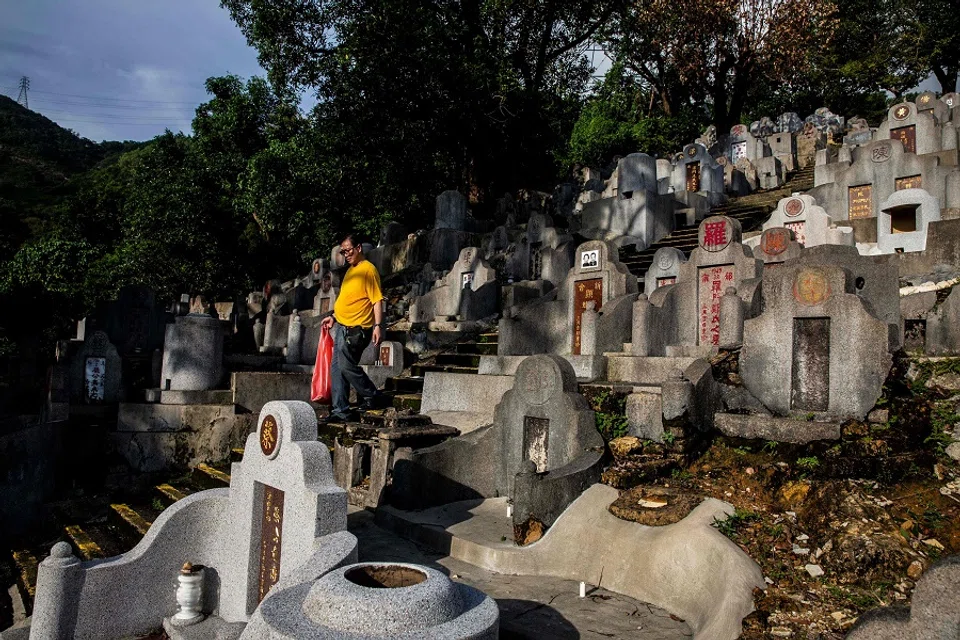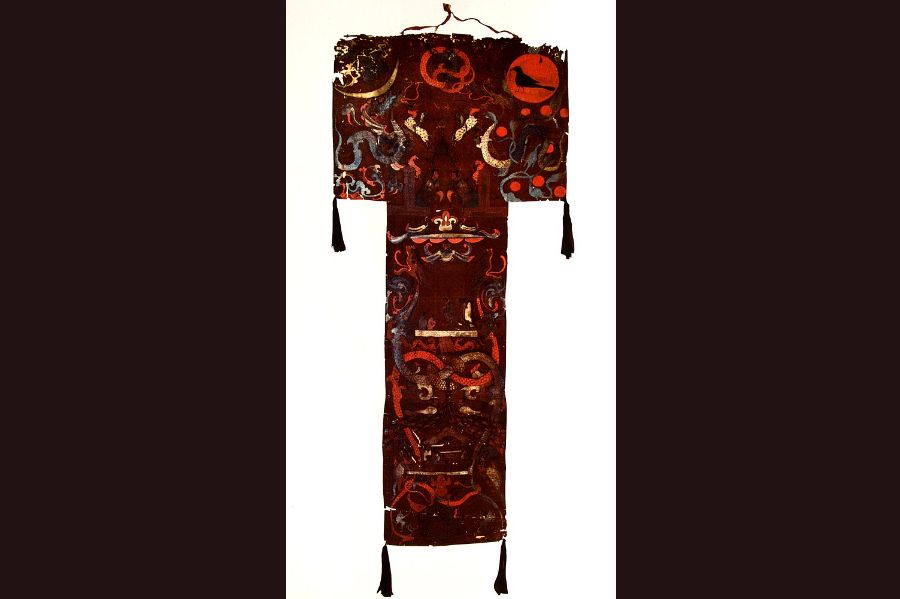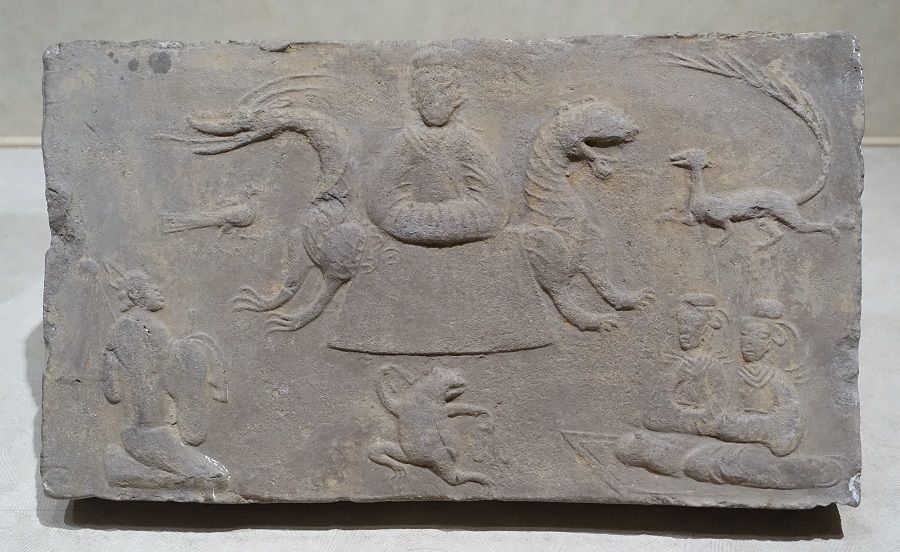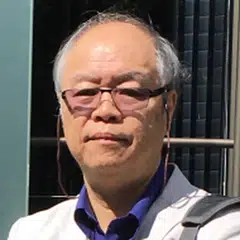Questions concerning mortality in early China [2 of 3]: The netherworld is closer to us than you might think

The custom of burying the deceased in tombs and supplying them with funerary equipment is not a universal phenomenon. People in different cultures perform different funerary rituals and bury their dead in different fashions, reflecting their religious beliefs and values.
Indeed, how people imagine the netherworld, and why, can serve as a window into the collective mentality of a people, their view of life and death, and their fundamental value systems. The Hindus burnt the body of the dead and threw the ashes in the Ganges, while the Muslims wrapped the dead in a piece of white cloth and buried them in a pit without any accompanying objects.
For the Chinese, even with the philosopher Xunzi (荀子 c. 316-237 BCE)'s explanation that funerary equipment and funerals were ways to express humanity and compassion, the idea of a netherworld where the dead would still function like the living was the fundamental motivation for providing the entire paraphernalia association with funerals. And this is a peculiar custom, not that it is a unique one. It is therefore important to go beyond noticing the phenomenon itself, and to ask about the cultural logic behind all these.
Preparing the house of the dead
One logic, following the belief in the existence of an afterlife, is to perceive the tomb as the house of the dead, where the dead would spend time. This is not only an idea, but an idea that was realised with concrete representations.
The great tombs of the Shang Dynasty kings reveal a structure of compartmentalised tomb chambers, which, according to the interpretation of archaeologists, was symbolic of the various chambers in the houses of the living. Such a tomb structure, with wooden coffins, caskets and surrounding chambers, was the prevailing tomb style in China from the Shang Dynasty down to the Eastern Han.
Indeed, one can argue that such a tomb structure was mostly symbolic of the house of the living, without the actual resemblance of a house. Yet a number of such tombs were built with miniature doors and staircases, indicating that indeed the tomb chambers could have been conceived as representing the structure of an actual "house" where the soul of the dead could move about.
Both tomb styles, therefore, betray the idea that the deceased needed a residence to live in the netherworld.

Another tomb style, which emerged from the late Warring States Period and was fully developed during the Eastern Han, further substantiated the idea that the tomb was considered as the house of the dead. This is the so-called brick tomb, with various chambers that are often wide and tall enough to allow people to walk inside, to prepare the offerings and perhaps perform certain rituals. Moreover, often the walls would be decorated with paintings or reliefs to show scenes of daily life. This style lasted until modern times and became a major tomb style that the Chinese people recognised.
Both tomb styles, therefore, betray the idea that the deceased needed a residence to live in the netherworld. This netherworld, moreover, was directly connected with the tomb, thus it was the entrance to the netherworld. Offering rituals were therefore performed in the tomb, or just outside the door, to provide food for the dead, in addition to the various furniture and objects of daily use that were prepared for the needs of the dead.
As we mentioned before, one particular feature of the Han burials is the inclusion of administrative texts that betray the idea that the netherworld is very much similar to the world of the living in that it has a governing bureaucracy. One might be tempted to say that the Chinese simply imagined the netherworld according to their worldly experience, which is reasonable enough. Yet there are examples that defy easy explanation. A most famous example is the painted T-shaped banner found in the tomb of Lady Dai, who died around 168 BCE.

A melding and merging of the lands of the living and the dead
In the painting, we see the crescent moon with a toad on it, and a large sun with a raven in it, and another eight small suns perched on a fusang (扶桑) tree. Could the moon and toad be allusions to the mythological tales of Chang-O who flew to the moon after taking the elixir of immortality? Surely this story, or its early version, was around during the early Western Han. The suns also seem to allude to the story of Hou Yi, the sharp shooter who shot down the suns from the sky to save the earth from being scorched, or, alternatively, the myth about the fusang tree as the place where the rising sun perches before rising up in the sky.
Other figures in the painting, however, cannot be identified with certainty. These include the Herculean "giant" who holds the lower platform, the person - a female perhaps - at the top of the painting with a coiling snake tail; the two "officials" waiting at the "gate" to "heaven"; or the strange bird above the head of Lady Dai, etc.
What is certain is that they must have contained important meanings, or else they would not have been painted. The fact that a very similar painting was also found in tomb no. 3, which belonged to Lady Dai's son, indicates that the paintings were not ad hoc creations by certain talented painters, but the production of a workshop that followed a set programme or pattern that was suitable to the noble family members.
Some scholars believe the painting depicts the world after death; some believe it is a scene of heaven. Whatever the answer may be, it can be stated objectively that the images in the painting seem to represent an imaginary landscape of the world of the dead that integrated some of the ideas and iconography - whether religious, mythological or legendary - current in early Han, and could be found here and there in many later Han tombs.
Designed for the living or the dead?
For example, in Henan province, where many Eastern Han brick tombs were excavated, we can find decorated bricks with scenes of otherworldly creatures such as winged immortals, dragons and the heavenly bodies, or Queen Mother of the West, as well as various scenes of daily life.
Scholars have been debating about the purpose of these decorations but without consensus. Are they reminiscence of the past life of the deceased, or are they hopeful envisioning of future life in the netherworld?
If we follow Xunzi's reasoning, then the meaning and function of the tomb decorations could be understood on different levels. For those who believe that the dead could still possess certain vitality, the paintings could be seen as made for the enjoyment of the dead, to remind him/her of the good times on earth. They could even have the magic power of initiating life in the netherworld, as scenes of mythological or religious nature indicate. For those who do not believe in the next life, the decorations and funerary objects are simply the courtesy of the living, to show that one should serve the dead as one serves the living.
...wouldn't imagining the netherworld be a way to search for a perfect happy life?

If not in life, then in the afterlife
If the above interpretation is reasonable, then we can say that the Han people did not seem to have an orthodox view about how the netherworld would look like. What the funerary texts alluded to was a place where one needs to worry about food and taxation, about reporting to the Underground magistrate upon arrival at a new residence, etc.
The paintings at Mawangdui, or the decorated bricks with mythological figures, on the other hand, alluded to a dreamlike fairy land that seemed devoid of earthly concerns. Could they have represented the same netherworld? Or, considering the sociopolitical status of the deceased, could they have represented the aspirations of people of different classes? People like the Marquis Dai family members would most likely not have to worry about what ordinary people would be concerned with.
In other words, people's imaginings of the netherworld was more or less conditioned by their experience and social and economic status while alive. If we see these imaginings as being originated from people's anxiety and hope regarding the unknown world after death, wouldn't they also reveal how people conceived of a world in which their anxiety and hope be relieved or answered? In other words, wouldn't imagining the netherworld be a way to search for a perfect happy life?
My contention is that, since happiness is not easy to achieve in life, people could resort to constructing an existence beyond this life on earth, based on their earthly experience, their aspirations and apprehensions, as well as their hopes for a rewarding life.
The relationship between the concept of the netherworld, belief systems, and the social norms that formulate the idea of happiness, therefore, may provide us with insights into a particular cultural system. How people imagined the afterlife and made mortuary preparations to ensure that existence could reflect what people had in mind of an ideal existence, or happiness.
If, as many may have assumed, this ideal existence was defined and confined by the conventional wisdom of the day, it could serve as an indication of the collective value of the society as a whole, which may or may not be in accord with the elite ideologies in that society. We shall pursue this subject in another article.
